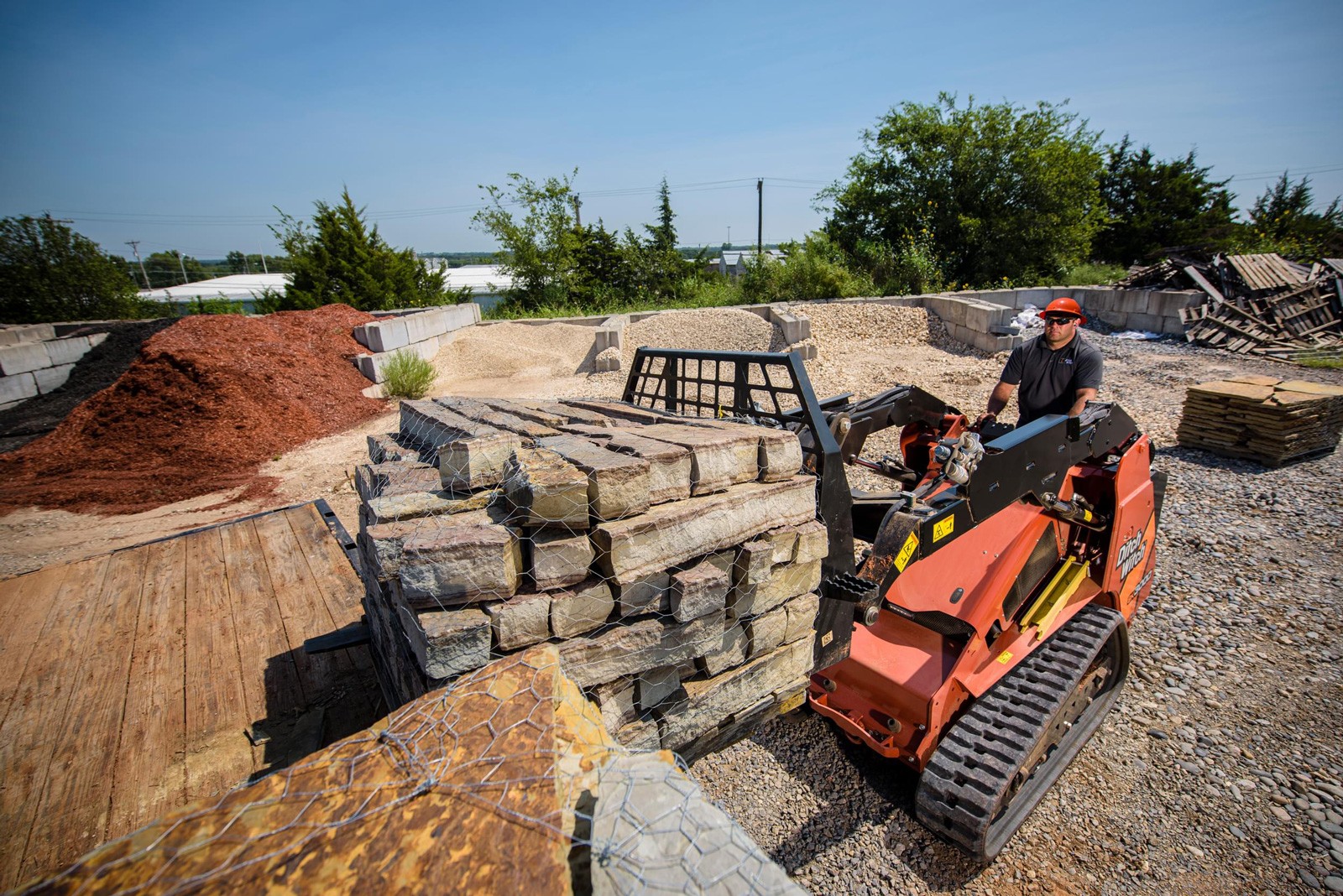A mini skid steer is a versatile and powerful piece of equipment used in various construction, landscaping, and agricultural tasks. To keep it running efficiently and extend its lifespan, regular maintenance is essential. Here are some crucial maintenance tips to ensure your mini skid steer remains in top condition.
Regular Inspections
Conducting regular inspections is the first step in maintaining your mini skid steer. These inspections help identify potential issues before they become significant problems.
Daily Checks
Perform daily checks before starting the machine to ensure everything is in working order.
- Fluid Levels: Check engine oil, hydraulic fluid, and coolant levels. Ensure they are within the recommended range.
- Visual Inspection: Look for any visible signs of wear and tear, leaks, or loose components.
- Tire Condition: Inspect the tires for proper inflation and any signs of damage or excessive wear.
Weekly and Monthly Inspections
In addition to daily checks, conduct more thorough inspections weekly and monthly.
- Filter Inspection: Check air, fuel, and hydraulic filters for cleanliness. Replace them if they are dirty or clogged.
- Belt and Hose Condition: Inspect belts and hoses for cracks, fraying, or signs of wear. Replace as necessary.
- Grease Points: Ensure all grease points are adequately lubricated to reduce friction and wear.
Proper Lubrication
Lubrication is vital for minimizing friction between moving parts and preventing wear and tear.
Grease Fittings
Regularly grease all fittings on your mini skid steer according to the manufacturer’s recommendations.
- Frequency: Typically, greasing should be done after every 10 to 50 hours of operation, depending on the machine and conditions.
- Quality Grease: Use high-quality grease suitable for your machine to ensure optimal performance.
Oil Changes
Changing the oil at recommended intervals is crucial for maintaining engine health.
- Engine Oil: Replace engine oil as specified in the operator’s manual, usually every 100 to 250 hours of operation.
- Hydraulic Oil: Change hydraulic oil regularly to ensure the hydraulic system operates smoothly.
Keep it Clean
Keeping your mini skid steer clean helps prevent dirt and debris from causing damage to the machine.
Regular Cleaning
Regularly clean the machine to remove dirt, mud, and debris that can accumulate during operation.
- Pressure Washing: Use a pressure washer to clean the exterior and undercarriage of the machine.
- Cab Interior: Keep the cab interior clean to ensure a comfortable and safe working environment.
Debris Removal
Remove debris from critical areas to prevent damage and overheating.
- Radiator and Cooling Fins: Ensure the radiator and cooling fins are free of dirt and debris to maintain proper cooling.
- Air Filter: Clean or replace the air filter regularly to ensure efficient engine performance.
Battery Maintenance
Proper battery maintenance ensures that your mini skid steer starts reliably and operates efficiently.
Battery Checks
Regularly check the battery to ensure it is in good condition.
- Connections: Ensure battery terminals are clean and securely connected.
- Fluid Levels: If your battery is not maintenance-free, check the fluid levels and top up with distilled water if necessary.
Storage
If your mini skid steer will be idle for an extended period, take steps to maintain the battery.
- Disconnect the Battery: Disconnect the battery to prevent it from discharging.
- Battery Charger: Use a battery charger or maintainer to keep the battery charged during long periods of inactivity.
Proper Storage
Storing your mini skid steer properly when not in use helps protect it from the elements and extend its lifespan.
Indoor Storage
Store the machine indoors to protect it from weather conditions that can cause rust and deterioration.
- Dry Location: Ensure the storage area is dry and free from moisture.
- Secure Environment: Store the machine in a secure location to prevent theft or vandalism.
Outdoor Storage
If indoor storage is not available, take precautions to protect your mini skid steer when stored outdoors.
- Cover: Use a heavy-duty cover to protect the machine from rain, snow, and sun.
- Elevate: Elevate the machine off the ground if possible to prevent moisture from seeping into the components.
Follow the Manufacturer’s Guidelines
Always follow the maintenance guidelines provided in the operator’s manual for your mini skid steer. These guidelines are tailored to the specific needs of your machine and provide the best practices for keeping it in optimal condition.
Scheduled Maintenance
Adhere to the scheduled maintenance intervals recommended by the manufacturer.
- Service Intervals: Follow the service intervals for oil changes, filter replacements, and other maintenance tasks.
- Professional Service: Consider having a professional technician perform maintenance tasks to ensure they are done correctly.
Use Genuine Parts
Using genuine parts for replacements and repairs ensures compatibility and reliability.
- OEM Parts: Use Original Equipment Manufacturer (OEM) parts to maintain the integrity of your machine.
- Quality Assurance: Genuine parts are designed to meet the specifications of your mini skid steer, ensuring optimal performance.
Conclusion
Regular maintenance is essential for ensuring the longevity and efficient operation of your mini skid steer. By conducting regular inspections, keeping the machine clean, ensuring proper lubrication, maintaining the battery, and following the manufacturer’s guidelines, you can keep your mini skid steer in top condition and avoid costly repairs. Whether you’re using it for construction, landscaping, or agricultural tasks, these maintenance tips will help you get the most out of your equipment.


